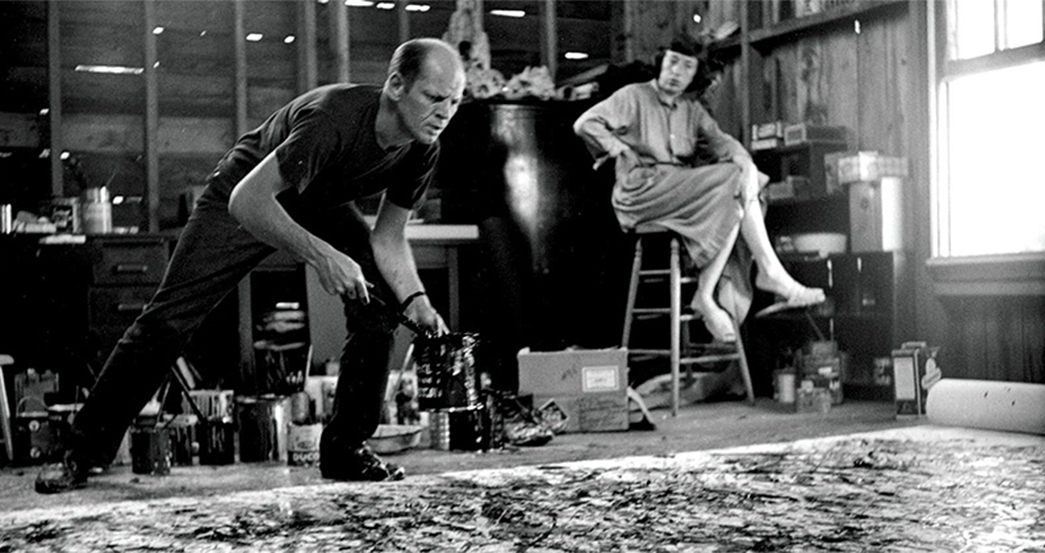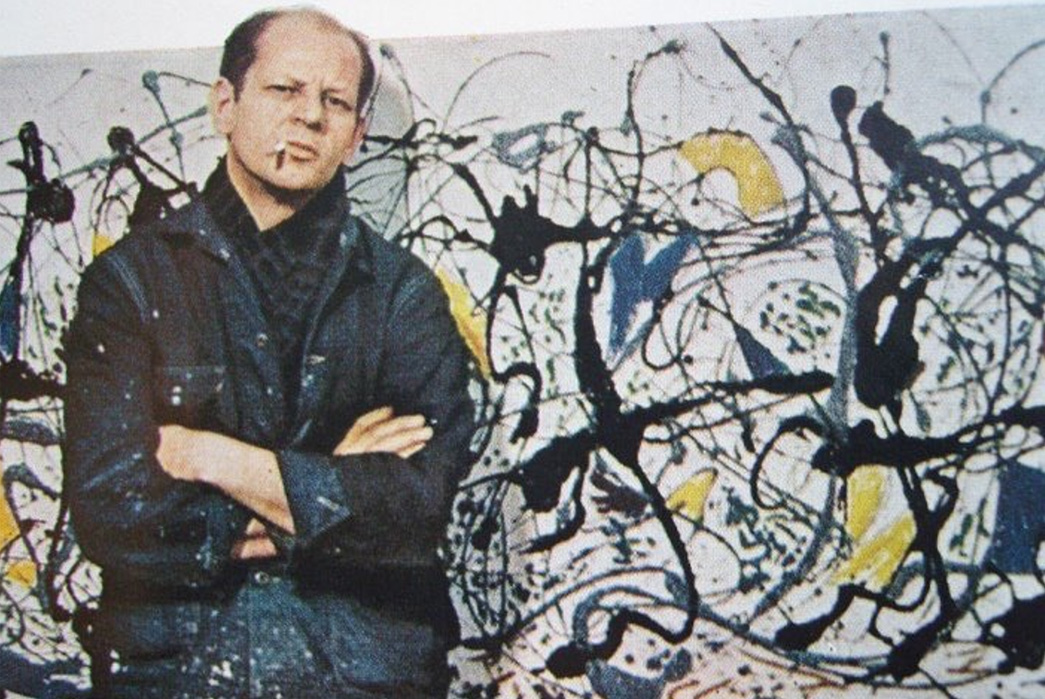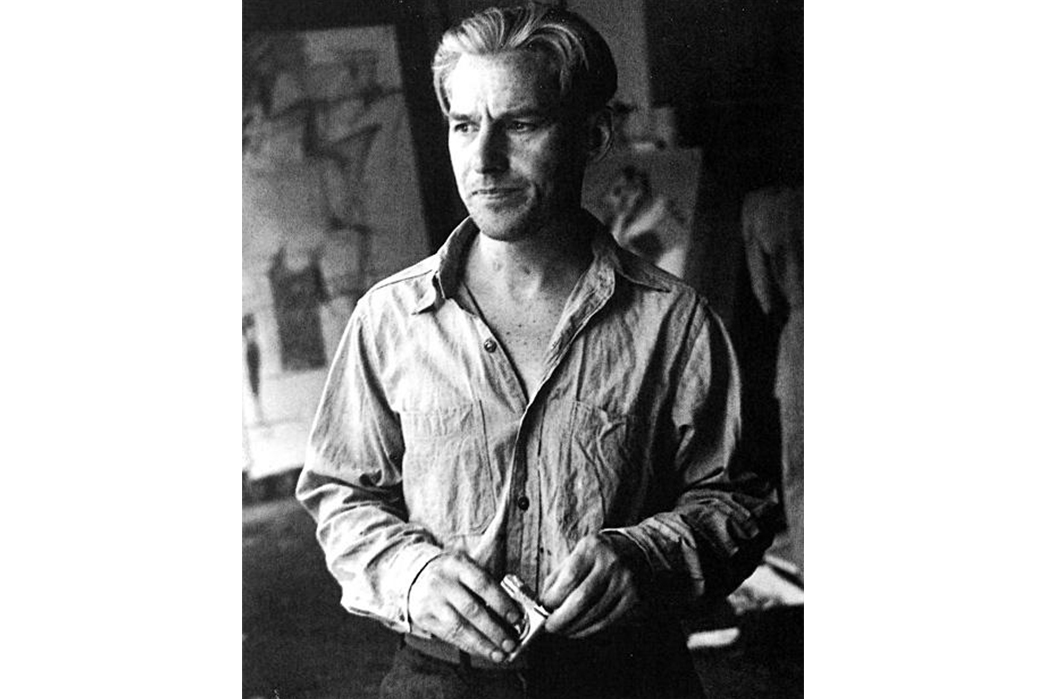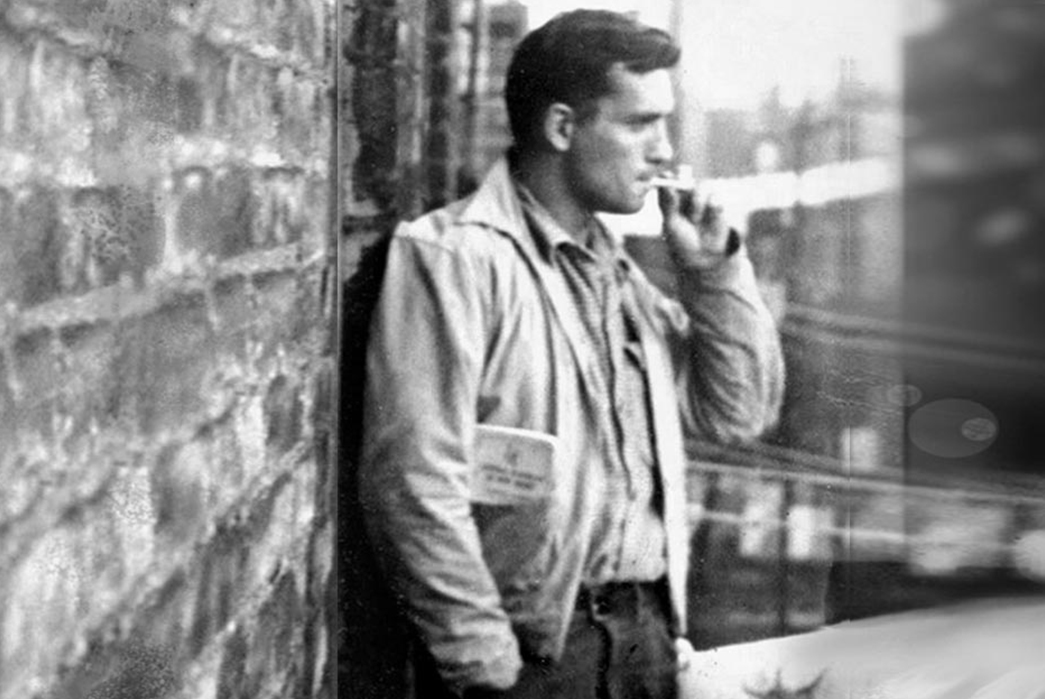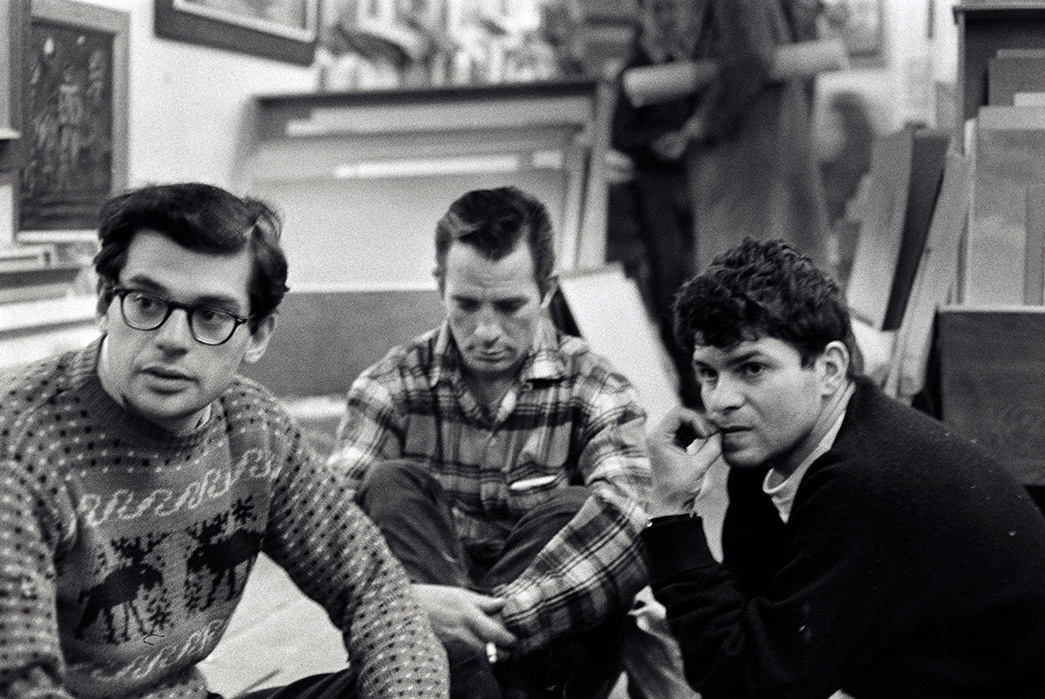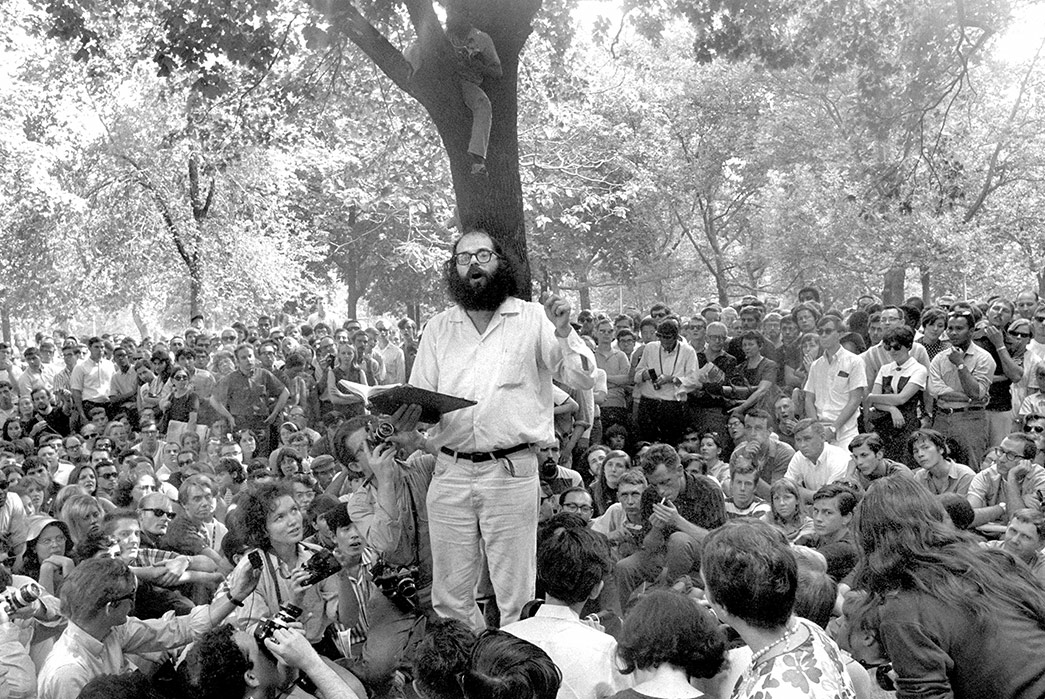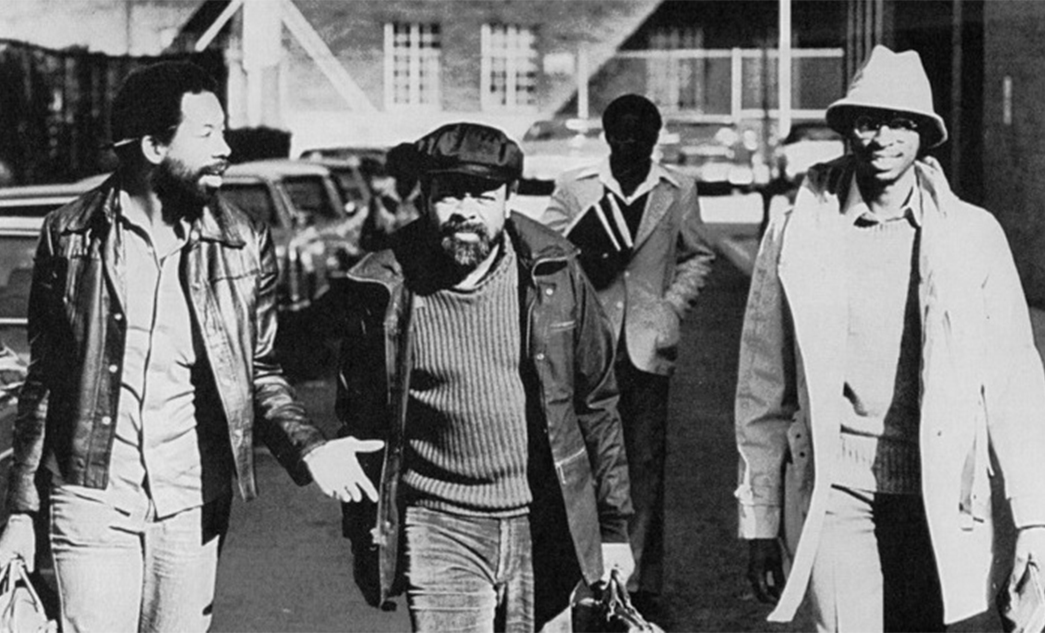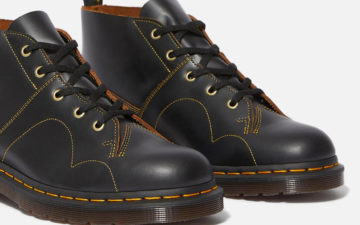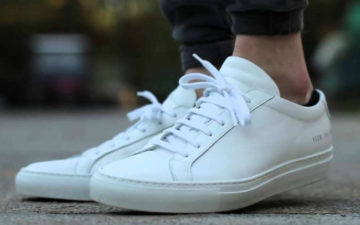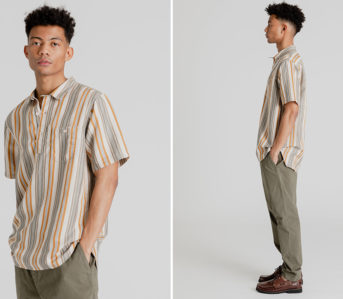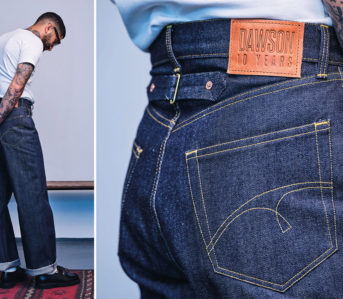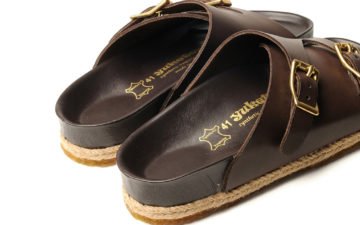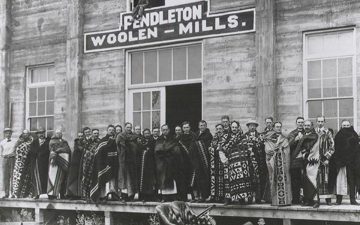This is the first in our series of Style Starters, intended to be an introduction to iconic looks and subcultures that gives you the context and the pieces necessary to understand and incorporate it into your own style.
“America I’ve given you all and now I’m nothing.” – Allen Ginsberg
The detonation of the atomic bomb destroyed far more than the cities of Hiroshima and Nagasaki. It was the end of modernism and, at the same time, the birth of post-modernism. What was the point of all the effort of design, art, architecture, and literature if humanity could all be vaporized in a single bright moment?
This was the question the artistic world would have to grapple with in the newly minted atomic age. For a certain literary subset, their answer was drinking heavily, exploring eastern religions, sexual experimentation, and most importantly for our contexts, wearing blue collar clothing. These were the Beats (or Beat Generation) and this is their clothing.
Historical Context
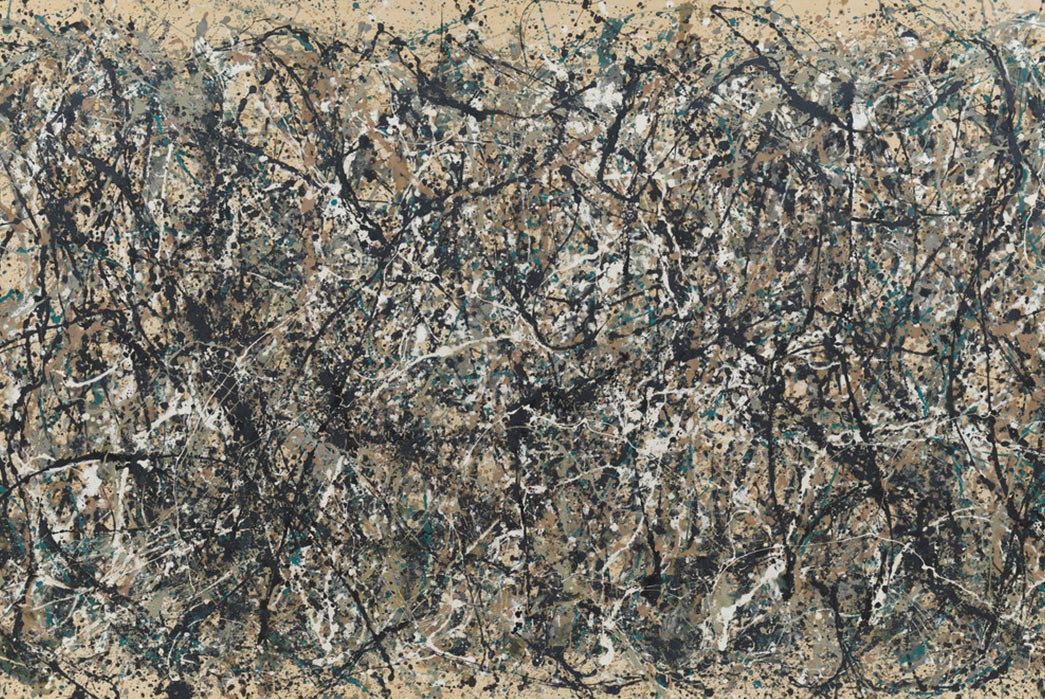
Jackson Pollock’s “One: Number 31”, 1950. Image via the Museum of Modern Art.
We’ve written previously about disaffected American vets joining motorcycle clubs to combat what they experienced in World War Two, but another realm of vets joined a school of post-modern writers and artists that questioned traditional American values in the postwar era.
Writers like Jack Kerouac, Allen Ginsburg, William S. Borroughs, and Amiri Baraka; and artists like Clyfford Still, Jackson Pollock, Andy Warhol, and Willem de Kooning challenged American economic materialism, western religion, sexual repression, and traditional narrative and formal structure.
Imagine this being written at the same time Leave it to Beaver was on the air:
But what does one wear while contemplating the destruction of society? Generally, it was something practical. They in many cases wore denim and workwear as, at the time, it was a rejection of materialism. Jeans and workwear were still very much anti-fashion in the 1950s. This would be like wearing welding clothing casually today.
However, they didn’t go completely off the rails in the way some of the bikers did. Most postmodernists were still products of elite academic institutions. Burroughs, Kerouac, and Ginsberg all met at Columbia University in New York, but (with the exception of Burroughs) they’d be more likely mistaken for a janitor than a student.
GQ refers to Kerouac as the “originator of blue-collar cool” and claimed he was one of the first “rejecting the notion that class was synonymous with value.” He instead found a kinship among the working class look: sweatshirts, chambray and flannel workshirts, work boots, jeans and duck canvas pants, plain white tees.
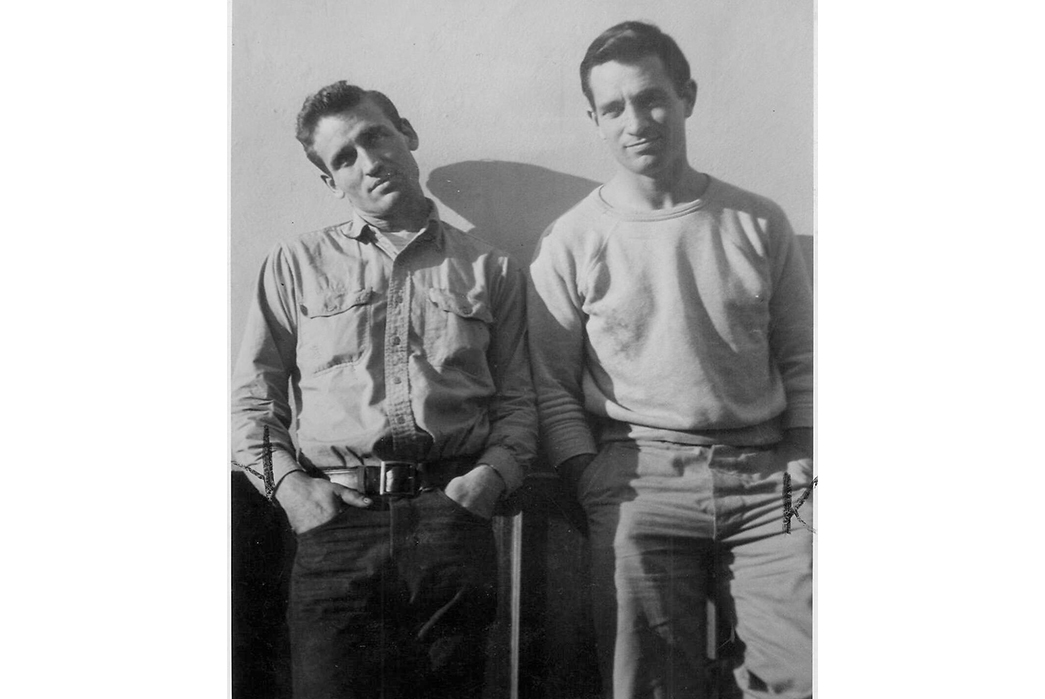
Bruce Boyer, the former fashion editor of GQ and Esquire sums it up eloquently:
“‘Hip’ was the youthful point of view that emerged after WWII, as a counterweight to both the fear and conformity of a bleak past and a dubious future. Prole clothes and a laid-back demeanor formed its aesthetic correlative. The angry young rebels in the 1950s were the precursors of the new way fashion would work: not from the top of the social ladder down, but from the bottom up. Street clothes and work clothes—the gear of cowboys and ex-GIs, industrial laborers, the zoot suits of the jazz musicians that Mr. Kerouac adored, and farm hands—would enter the realm of style. It was the style of the Underclass Hero, the Prole Rebel.”
This was very threatening to traditional buttoned-up Americans as they presaged psychedelics, sexual freedom, and eastern religion. And threatening for good reason, the Beats would presage a host of progressive movements like psychedelic liberation, the hippie countercultural movement, Vietnam anti-war protests, and gay liberation amongst many others.
But it made for a look that’s persisted for over 70 years.
Key Pieces
Chambray Work Shirts
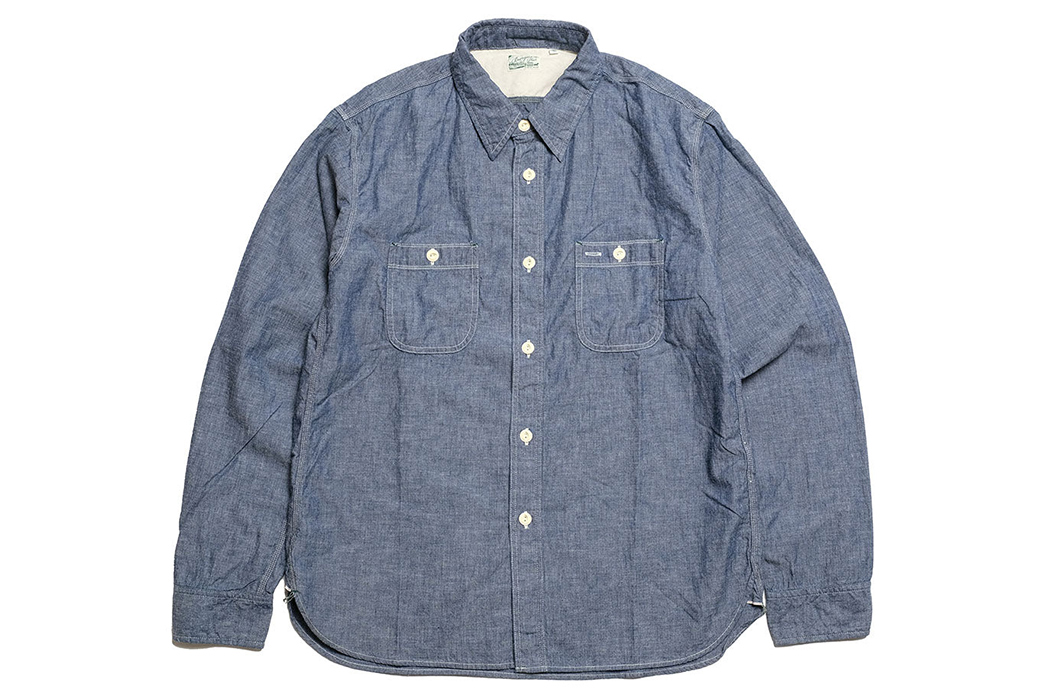
Burgus Plus Lot 300 Chambray Work Shirt. Available for $130 at Sunhouse.
Flannel Shirts and CPOs
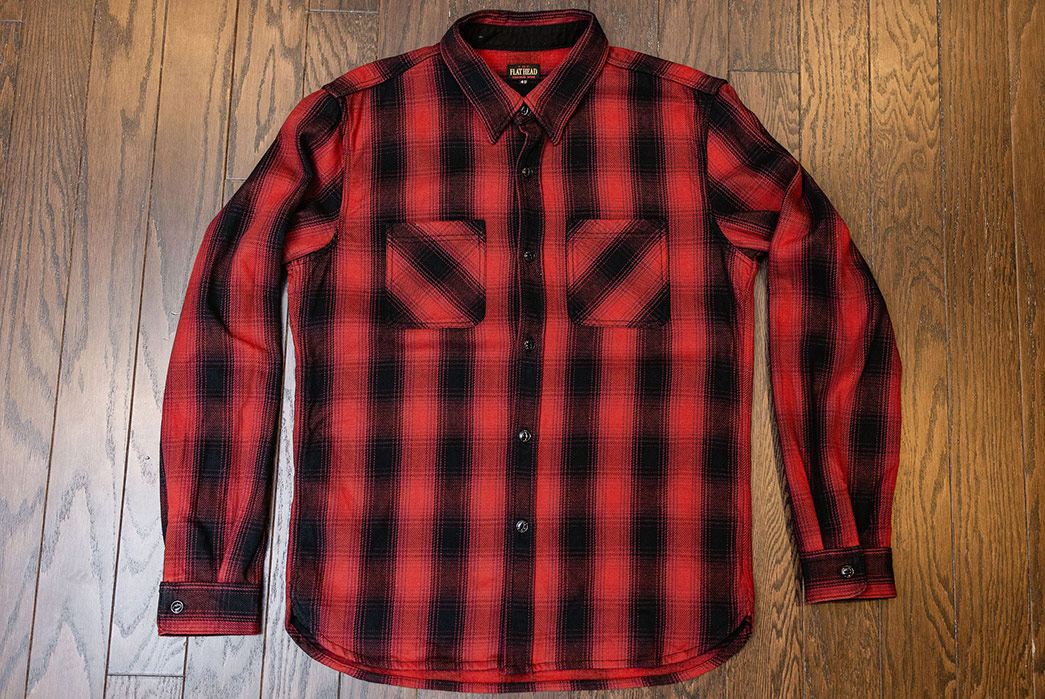
The Flat Head Ombre Flannel Shirt. Available for $295 at Franklin & Poe.
Crewneck Sweatshirts
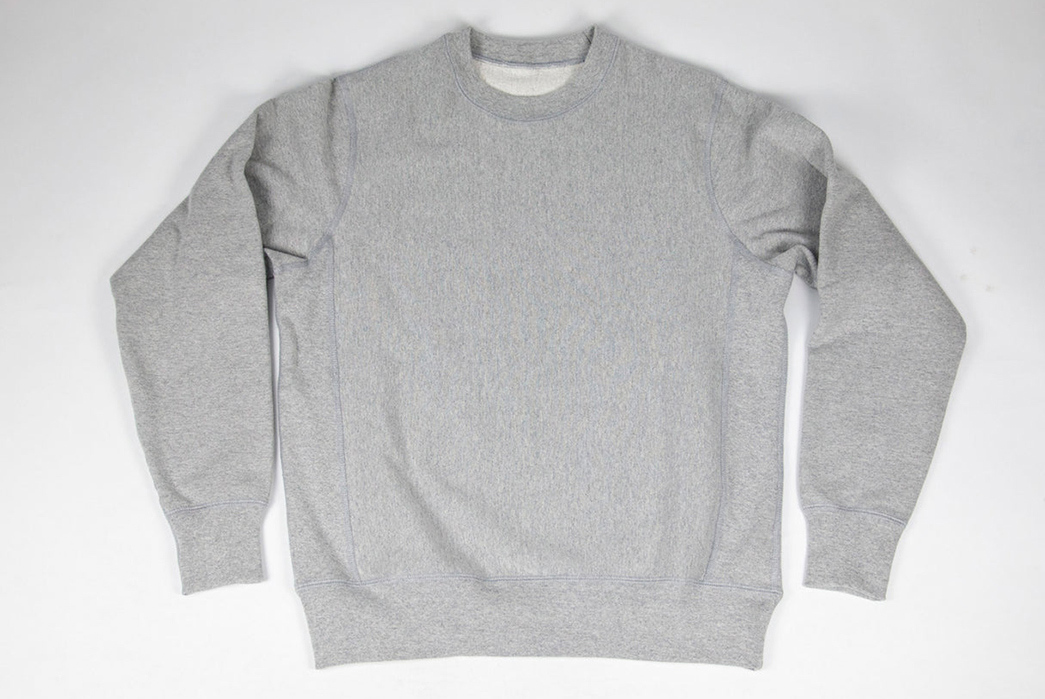
House of Blanks Crewneck Sweat in Grey. Available for $100 at Heddels Shop.
White Tees
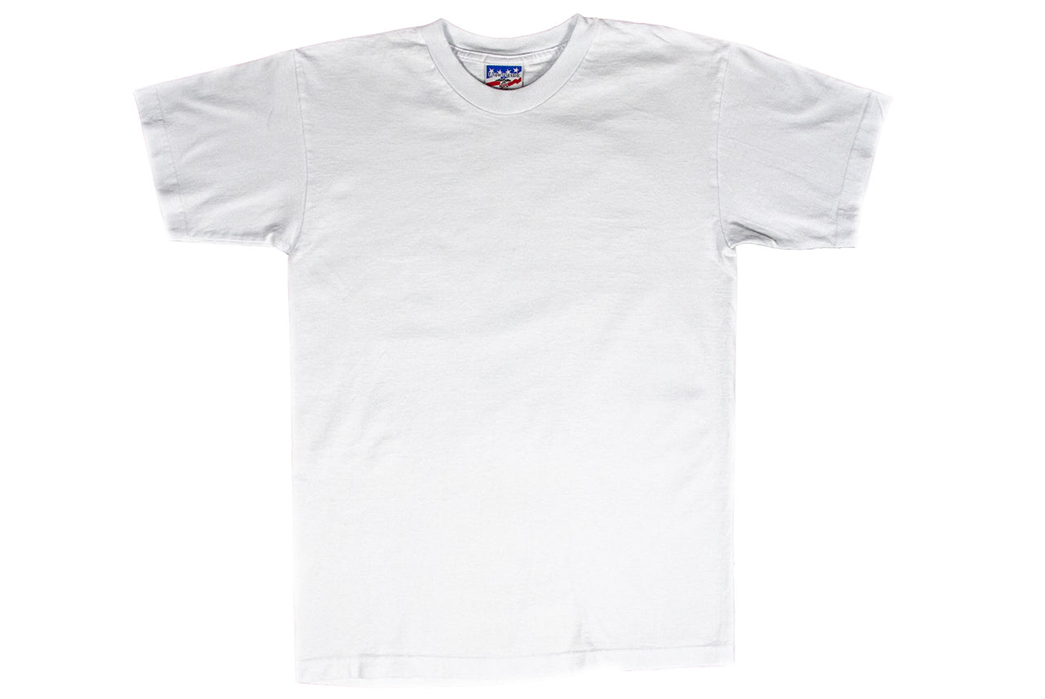
The Teamster Tee in White. Available for $22 at Heddels Shop.
Canvas Work Pants
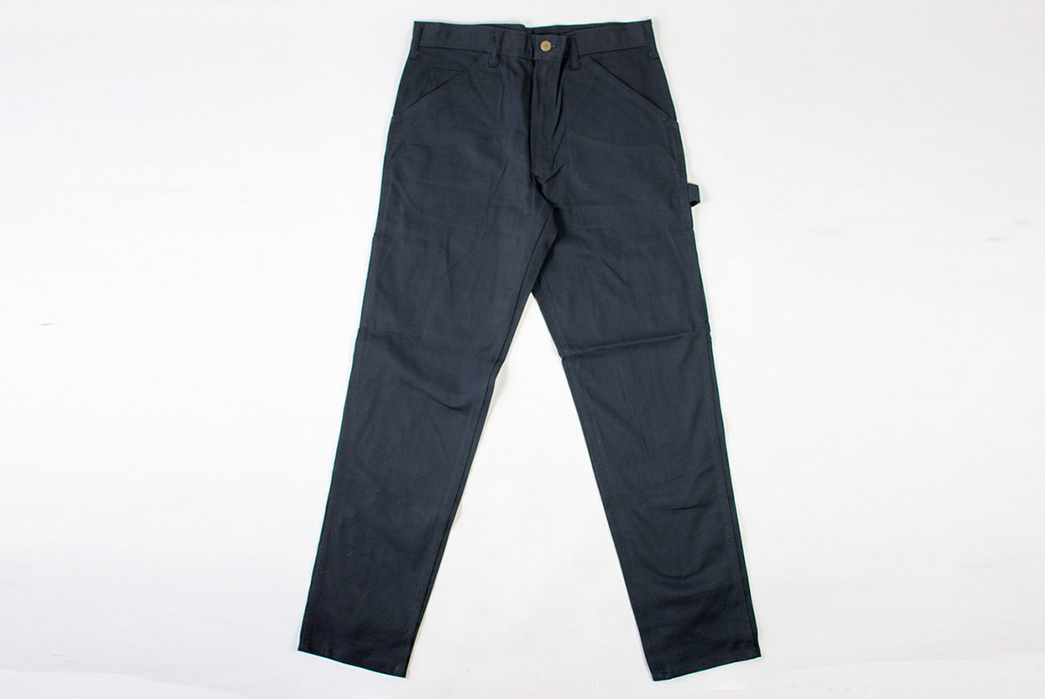
Stan Ray Painter’s Pant in Black. Available for $85 at Heddels Shop.
Jeans
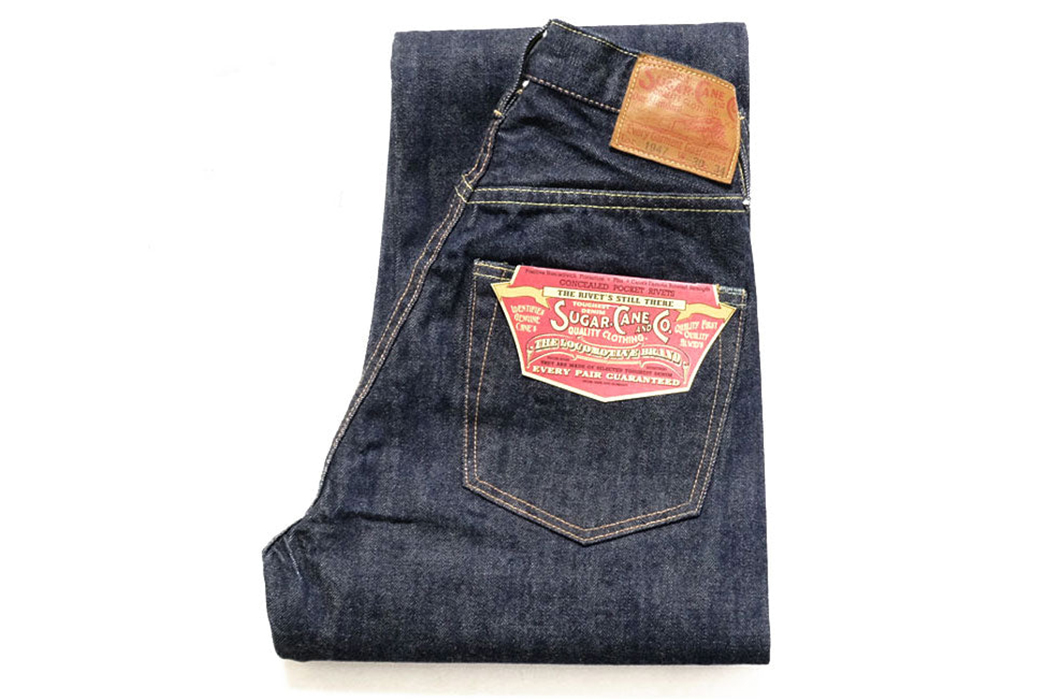
Sugar Cane 14.25oz. Standard Denim 1947 Model. Available for $149 at Hinoya.
Work Boots
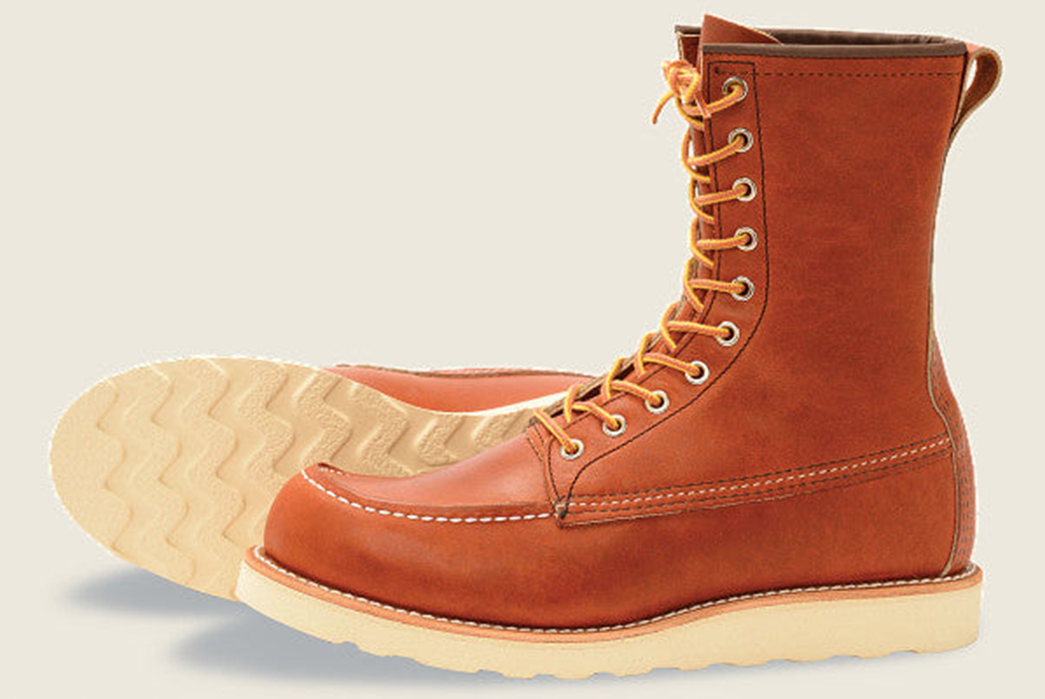
Red Wing Heritage Classic Moc 877. Available for $320 at Franklin & Poe.
Image Gallery
